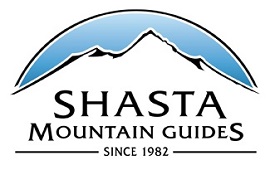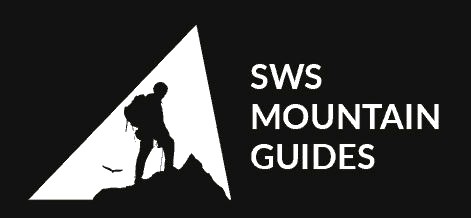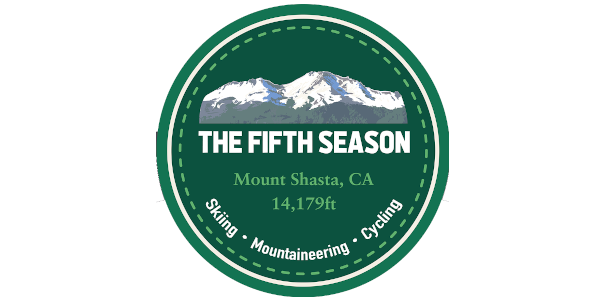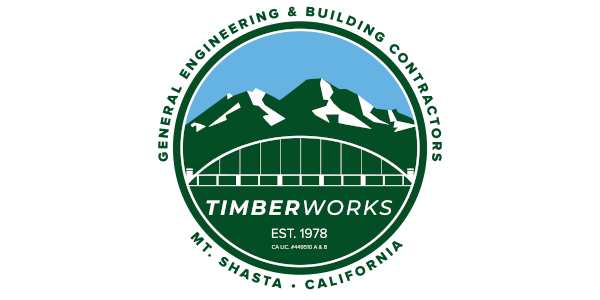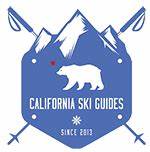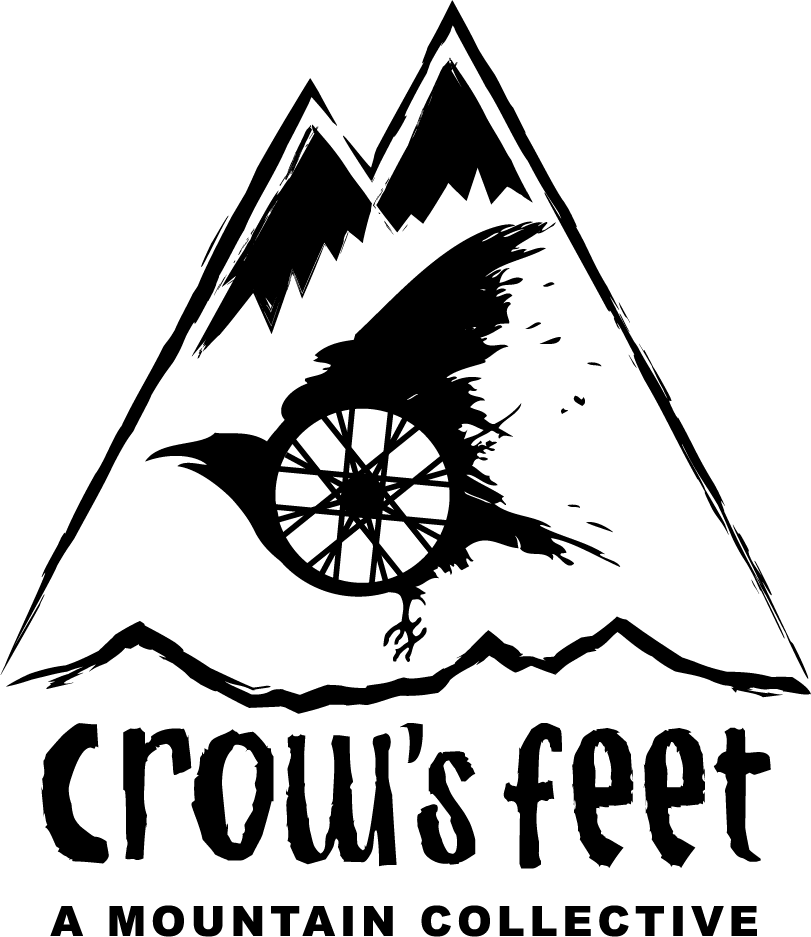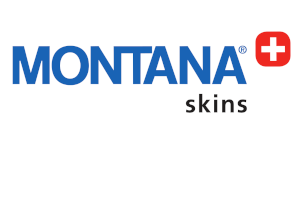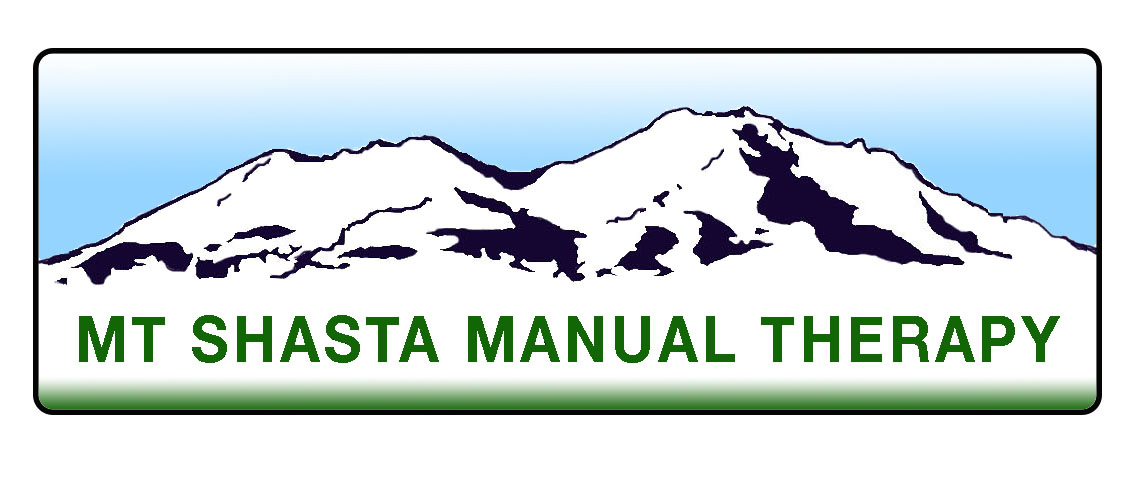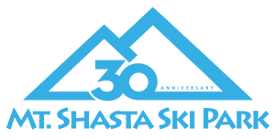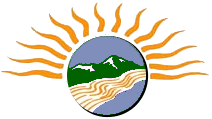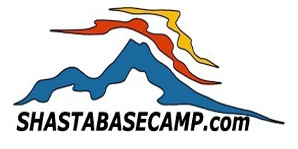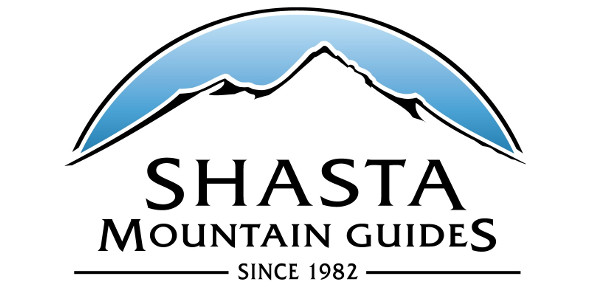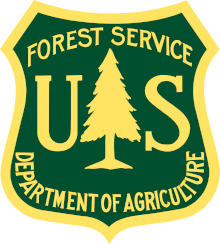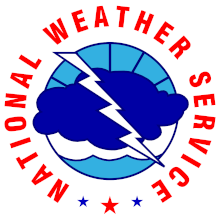You are here
Avalanche Advisory for 2014-12-28 06:11:03
- EXPIRED ON December 29, 2014 @ 6:11 amPublished on December 28, 2014 @ 6:11 am
- Issued by Nick Meyers - Shasta-Trinity National Forest
Bottom Line
LOW avalanche danger exists for all aspects and elevations.
Human triggered avalanches are unlikely, but not impossible. Small, isolated wind slabs exist near and above treeline. Blowing snow has been visible in recent days from NW-N-NE winds on the upper mountain.
In general, conditions on Mt Shasta are firm and very icy. A slip and fall on steeper terrain will result in a slide for life without ice axe/crampon/self-arrest skills. Be prepared and know how to use your equipment.
Avalanche Problem 1: Wind Slab
-
Character ?

-
Aspect/Elevation ?
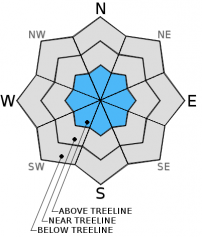
-
Likelihood ?CertainVery LikelyLikelyPossible
 Unlikely
Unlikely -
Size ?HistoricVery LargeLargeSmall

LOW avalanche danger exists for all aspects and elevations.
Human triggered avalanches are unlikely, but not impossible. Small, isolated wind slabs exist above treeline. Blowing snow has been visible in recent days from NW-N-NE winds on the upper mountain. NW winds will dominate for the next two days and one can expect strong winds above treeline.
Wind slabs are often smooth and rounded and sometimes sound hollow, and can range from soft to hard / predictable to unpredictable due to slab stiffness and spatial variability.
Avoid avalanche terrain with recent wind deposits or choose slopes gentler than 30 degrees in steepness. Wind slabs tend to stabilize within a few days unless deposited on a persistent weak layer.
Give runout zones a wide berth when natural avalanches are expected or when others may be traveling above you. Remotely triggered slides are possible during heavy wind loading events.
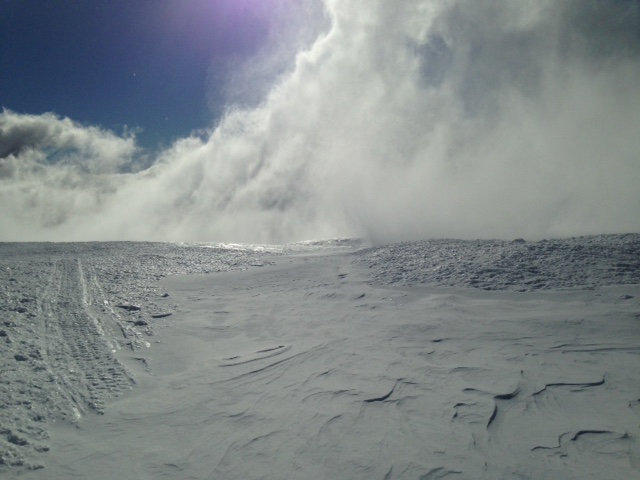
Areas of wind blown powder. This shot taken at 9,000 feet in the Old Ski Bowl on 12.25.14
Recent Observations
Not to much new to report today. Conditions continue to remain the same overall: firm, icy slopes with pockets of wind packed powder and a few areas with softer wind blown snow. Wind slab stability has overall been very good. Numerous extended column tests in wind slabs above treeline yesterday resulted in no fractures/propagation within columns (ECTX). For climbers and expert skiers, the upper mountain is unexplored territory. My intuition tells me that most of the snow available for transport has simply blown away, though I would not rule out the chance of finding small pockets of wind loading. Strong NW-N-NE winds have been visible over the past several days and NW winds will be very strong today and tomorrow. Of most concern will be if one slips and falls and fails to self arrest on steeper slopes. Know how to self arrest and be prepared for very cold temperatures and extreme wind chill over the week.
Narrative from 12.27.14: Wind loading of leeward slopes and the formation of wind slabs is the current avalanche problem. That said, observations in the last 3 days have found these wind slabs to be stubborn to trigger. Observed slabs near and above treeline in the Old Ski Bowl and Gray Butte areas have been small, and about 10-35cm deep on top of the old snow. Skiers and snowmobilers recreating all over the mountain out of the Bunny Flat trailhead have reported no instability within slab layers. However... yesterday, stability tests within a 34cm wind slab on a south facing, low angle slope resulted in moderate failures (ECTN11/ECTN15 - Q2) about half way down the slab. Small facet growth (+/- 1mm) was observed at this weak layer, but numerous extended column tests could not produce full propagation. Based on this test and ski and snowmobile cuts on small convexities, full slope propagation within this weak layer seems unlikely. To sum this all up, medium to hard wind slabs on all aspects near and above treeline are isolated, small (6-12inches deep), and stubborn to trigger.
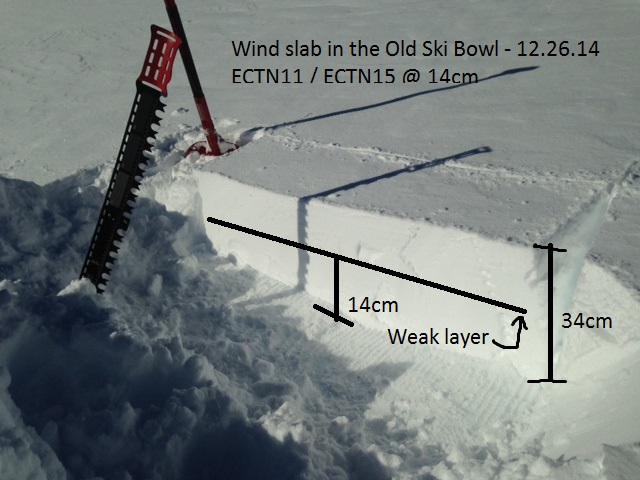
The Mt Shasta snowpack took a big hit due to warm temperatures over Christmas week and we've seen upwards of 12 inches of settlement. Runnels in the snow as seen in photo below, not from rain, but simply from warm temps, have taken form all the way up to about 9,000 feet on the mountain. These formations are now rock solid and with cold temperatures becoming colder, they are likely here to stay until we receive more snow!
As mentioned already, climbers and skiers venturing onto the upper mountain/steeper slopes of Mt Shasta should take note: the smooth, firm and icy conditions we are seeing currently have produced severe injury/fatality to climbers and skiers from slide for life, slips and falls. Self arrest and ice axe and crampon skills are mandatory to travel safely in said conditions. Be prepared and know how to use your equipment.
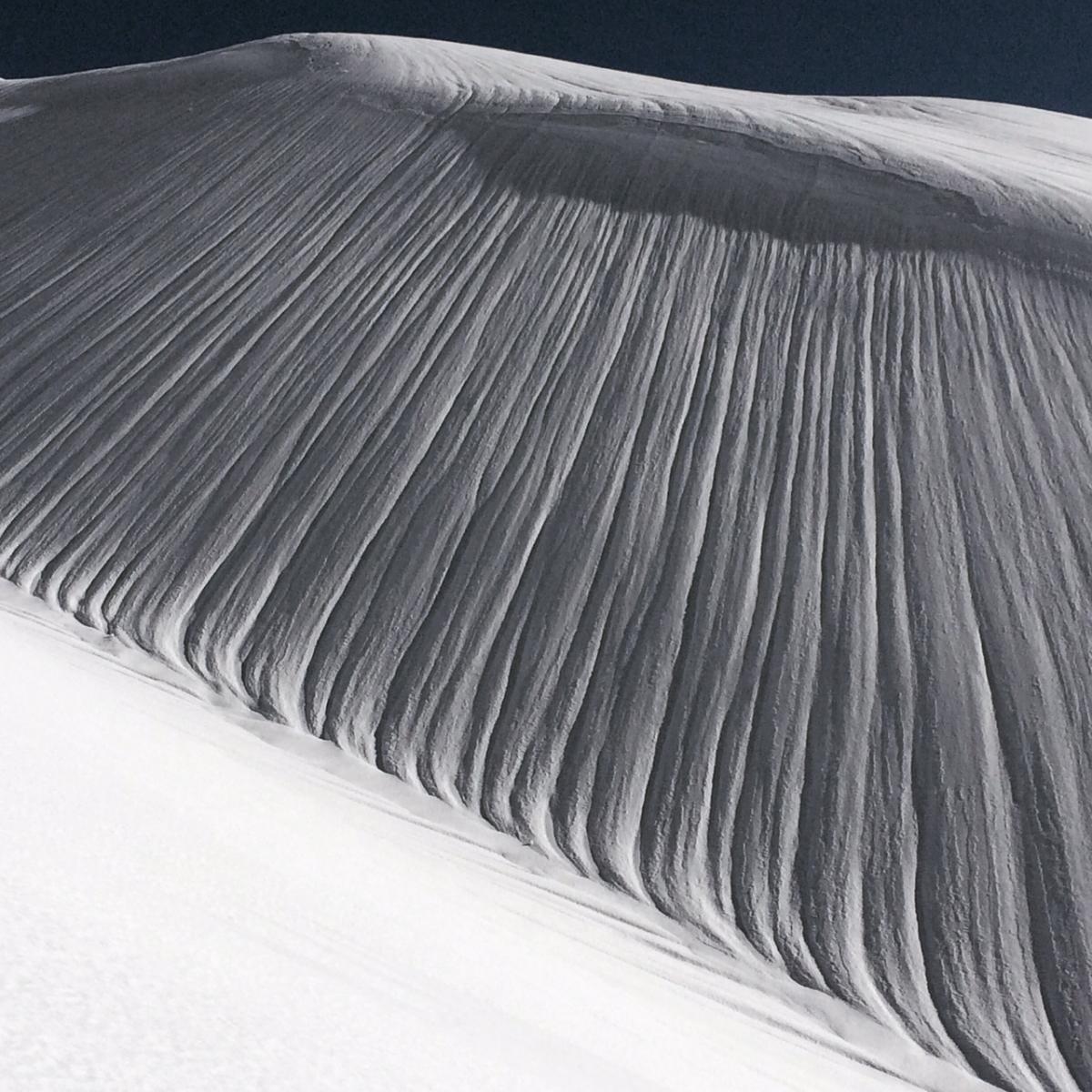
Runnels from warming over the past week. {Photo: C. Carr}
Periods of strong northerly winds over Christmas week have created firm, hard and slick condtions near and above treeline. We've seen gusts to 92 mph and average wind speeds of 40-60 mph at times. Below treeline, the 4-6 inches of new snow that fell near Christmas Day has blown in fairly evenly in the trees, and a few folks have reported some decent skiing in protected areas. Overall though, the firm, hard old snow is still being found with ski edges and a nice swath of shallow powder and/or wind packed powder can be immediately followed by teeth chattering ice.
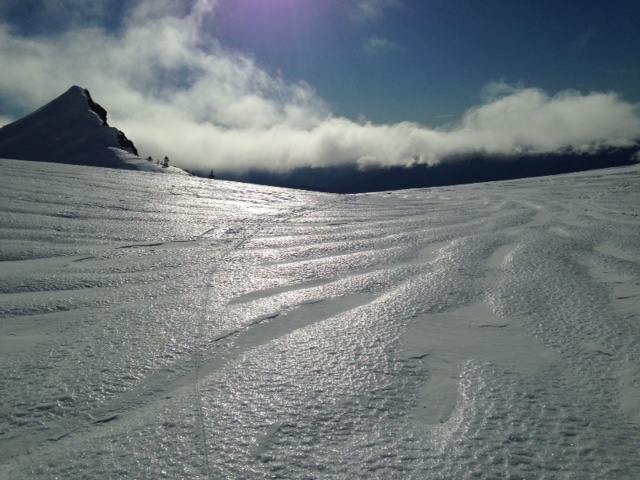
The Old Ski Bowl near the East Wilderness Boundary, 12.26.14
Last weekend, sometime late Saturday or Sunday (visibility very poor until Monday), a large and impressive slide occured in the Old Ski Bowl (HS-N-R3-D3). The crown of this slide was approximately 1/4 mile wide and 1-3 feet deep. The starting zone was from 10 to 10,500 feet and the toe of the debris ended at 8,300 feet. This slide is another good reminder to remain aware of the terrain AND potential for avalanche danger ABOVE you. Conditions and avalanche danger can vary greatly as elevation changes. While one might experience low avalanche danger below and near treeline, the danger can be much higher on the upper mountain.
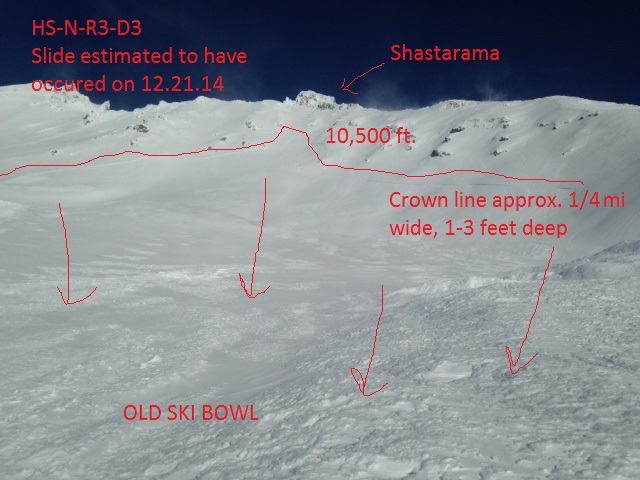
Wind blowing snow is often visible off ridgelines on the upper mountain. Keep in mind however, due to local orographics, winds can blow in different directions than the primary flow aloft. This can cause wind loading on slopes not immediately thought of.
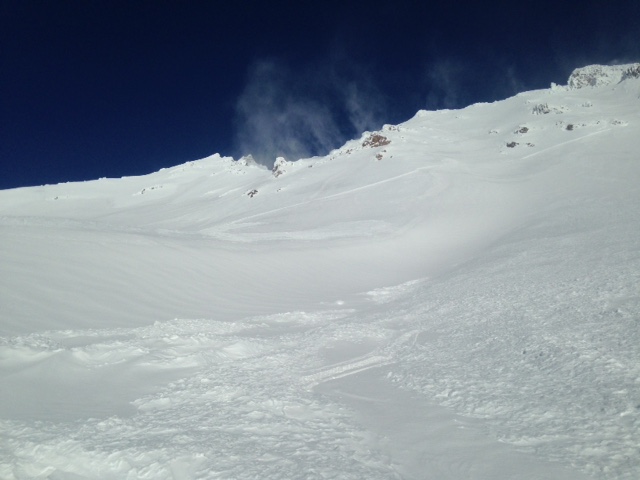
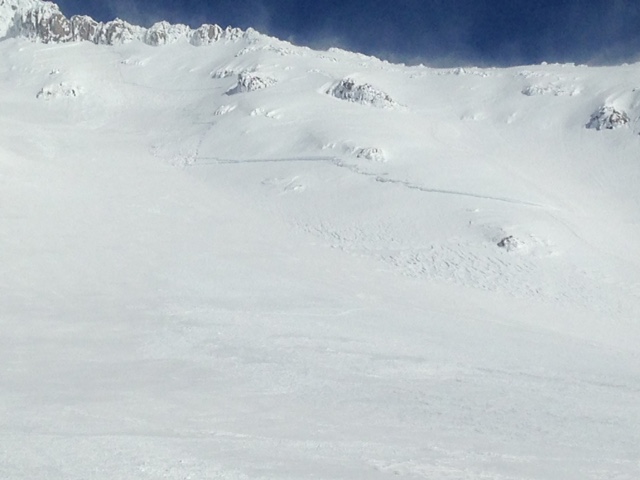
Old Ski Bowl Slide... the entire crown line wouldn't fit in the camera frame! Lookers left and right crown lines, five days later.
Report your observations to the MSAC! A photo, a few words... send them in! (nimeyers@fs.fed.us or 530-926-9614)
Castle Lake area still has very little snow and no skiing is being had yet.
Mt Eddy area is hosting about 2-3 feet of snow in Wagon Bowl. I have not been up into that area yet and have received no reports.
Sand Flat Winter Trails: OPEN and in good shape!
Pilgrim Creek Snowmobile Park: OPEN, however due to lack of low elevation snow, one must drive up the road a few miles before enough snow is encountered.
-------------------------------------------------------------------------------------------------------------------------------
Terrain: Remember most of the terrain that we like to play on is greater than 30 degrees. Avalanches are possible on anything steeper than 30 degrees. Avoid cornices, rock bands, terrain traps and runout zones of avalanche paths.
Weather: Most of our areas avalanche danger will occur 24-48 hours after a storm. We still can see persistent weak layers from time to time and we always will be sure to let you know about that! Heed the basic signs: Wind (significant snow transport and depositions), Temperature (rain/snow/rain/snow, which in turn weakens the snowpack), and Precipitation (Snow or rain add weight and stress to the current snowpack).
Snowpack: If snow accumulates, give the snowpack a chance to adjust to the new snow load before you play on or near steep slopes (greater than 30 degrees). Most direct action avalanches occur within 24-48 hours of recent snowfall. Watch for obvious signs of snowpack instability such as recent natural avalanche activity, collapsing of the snowpack (often associated with a “whumphing” sound), and shooting cracks. If you see these signs of instability, limit your recreation to lower angle slopes.
Human Factor: Don’t forget to carry and know how to use avalanche rescue gear. You should NOT be skiing or climbing potential avalanche slopes without having beacons, shovels, and probes. Only one person in a group should be exposed to potential avalanche danger at a time. Remember, climbing, skiing, and riding down the edge of slopes is safer than being in the center. Just because another person is on a slope doesn’t mean that it is safe. Be an individual! Make your own decisions. Heed the signs of instability: rapid warming, “whumphing” noises, shooting cracks, snowing an inch an hour or more, rain, roller balls, wind loading, recent avalanche activity.
The Five Red Flags of Avalanche Danger any time of year include: 1) Recent/current avalanche activity 2) Whumpfing sounds or shooting cracks 3) Recent/current heavy snowfall 4) Strong winds transporting snow 5) Rapid warming or rain on snow.
Weather and Current Conditions
Weather Summary
In Mt Shasta City this morning at 0500, we have a current temperature of 30 degrees, calm winds and mostly clear skies.
WEATHER STATION INFORMATION (0500hrs):
On Mt Shasta (South Side) in the last 24 hours...
Old Ski Bowl - 7,600 feet, the current temperature is 30 F. Snow on the ground totals 69 inches with no settlement. We've had no new snow in the last 24 hours. Temperatures have ranged from 28 F to 37 F.
Gray Butte - 8,000 feet, winds have averaged 20-30 mph out of the NW, with gusts to 49 mph from the NW. The current temperature is 26 F and temps have ranged from 26 F to 35 F in the last 24 hours.
Castle Lake and Mt Eddy (West side of Interstate-5)...
Castle Lake - 5,600 feet, the current temperature is 29 F. Temps have ranged from 25 F to 46 F in the last 24 hours. The Castle Lake area has a couple inches of snow on the ground and is not hosting any skiing at this time.
Mt Eddy - 6,500 feet, the current temperature is 29 F. Temps have ranged from 25 F to 38 F in the last 24 hours. Current snow depth is 25 inches with no new snow in the last 24 hours and 1 inch settlement. Winds have averaged 3 mph and southerly in direction, with gusts to 11 mph, SE.
WEATHER SYNOPSIS: The jet stream drops down from the north and is directed at Northern California and Oregon this morning. This is going to bring strong Northwest wind to the mountain and cold Arctic air. Temperatures have warmed a bit since yesterday, but will begin to cool down drastically today and tomorrow. We may see a dash of precipitation on Monday, but it will not amount to any more than a skiff... only .05 inches of water forecasted, and thus a few inches snow at best on the mountain. Snow levels will be low, potentially down to 1000 feet. Overall, clear and cold weather will bring us into the New Year.
THIS SEASON: Since September 1st , we have received 22.04 inches of water, normal is 14.86 inches, putting us at 148% of normal. For the year of 2014, Mt Shasta has received 34.32 inches of water with normal being 42.19 inches which puts us at 81% of normal. And lastly, for December we sit at 187% of normal, receiving 12.79 inches of water, normal is 6.83 inches.
Brett Lutz, from the NWS in Medford, was checking records recently and said "I think Mt Shasta City has recorded one of the top 10 wettest Decembers since 1948!" Cool! We definitely need it! Thanks Brett for that tid bit!
Always check the weather before you attempt to climb Mt Shasta. Further, monitor the weather as you climb. Becoming caught on the mountain in any type of weather can compromise life and limb. Be prepared.
| 0600 temperature: | 30 |
| Max. temperature in the last 24 hours: | 37 |
| Average wind direction during the last 24 hours: | Northwest |
| Average wind speed during the last 24 hours: | 20-30 mi/hr |
| Maximum wind gust in the last 24 hours: | 49 mi/hr |
| New snowfall in the last 24 hours: | 0 inches |
| Total snow depth: | 69 inches |
Two Day Mountain Weather Forecast
Produced in partnership with the Medford NWS
| For 7000 ft to 9000 ft | |||
|---|---|---|---|
|
Sunday (4 a.m. to 10 p.m.) |
Sunday Night (10 p.m. to 4 a.m.) |
Monday (4 a.m. to 10 p.m.) |
|
| Weather | Mostly sunny, blustery | Partly cloudy, blustery | Mostly sunny, bluster |
| Temperature (°F) | 30 | 16 | 27 |
| Wind (mi/hr) | Northwest 10-20 mph | Northwest 10-20 mph | Northwest 15-25 mph |
| Precipitation SWE / Snowfall (in) | / 0 | / 0 | / 0 |
| For 9000 ft to 11000 ft | |||
| Sunday | Sunday Night | Monday | |
| Weather | Mostly sunny, windy | Partly cloudy, windy | Mostly sunny, windy |
| Temperature (°F) | 25 | 10 | 19 |
| Wind (mi/hr) | Northwest 30-40 mph. gusts higher | Northwest 0 | Northwest 35-45 mph |
| Precipitation SWE / Snowfall (in) | / 0 | / 0 | / 0 |













